Explainer: king tides
02 January 2018
Updated 11/01/2021
They're natural and predictable but so-called 'king tides' hit the headlines time and again. So, what causes these tides, when do they happen and are their impacts changing?
What are king tides?
While not a scientific term, 'king tide' is widely used to describe any remarkably high tide. Big tides are a natural and predictable part of the tidal cycle. The time of year they occur varies by location and between years.
Image: Large and powerful waves combined with very high tides at Narrabeen, New South Wales, causing coastal erosion in February 2020. Credit: Nick Moir Photo
What impact can very high tides have?
Very high tides have noticeable effects where the ocean meets the land, including estuaries, harbours and other coastal locations. During these tides, flooding and erosion can occur in low-lying coastal areas. Higher-than-usual tides are seen at our beaches as well, although the role of tides is mixed up with swell and surf at these exposed places.
Large tides can increase the dangers of coastal activities such as boating and rock fishing. Water may cover rocks and other hazards that are usually visible and make waterways underneath bridges or other pathways inaccessible. Currents before and after very high tides can also be exceptionally strong, affecting conditions at river mouths and in tidal lakes and bays.
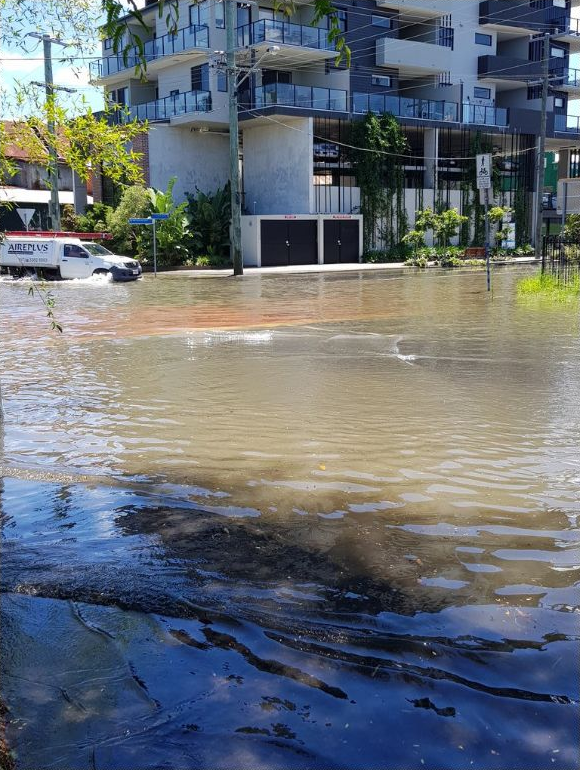
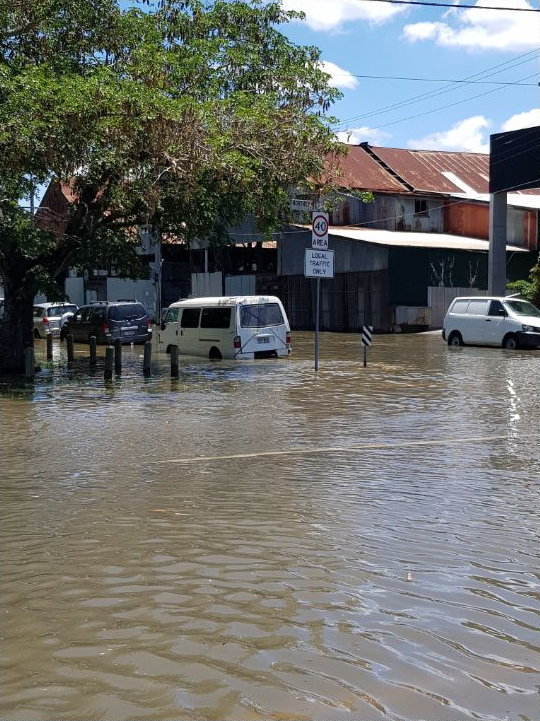
Image: Very high tides can caused flooding of streets and bike/walking paths in Windsor, Brisbane, Queensland in January 2018. Credit: Harry Clark
What happens when high tides and storms coincide?
The coastal impacts of tropical cyclones, east coast lows, intense cold fronts, and heavy rain can be much worse if they coincide with very high tides. Waves can reach further up beaches and rise over coastal structures. In extreme cases, ocean water can flow over land and severely threaten people and property. Storm water that would normally drain quickly from coastal roads can be held back by high tidal levels. On the other hand, impacts can be much reduced if the storm hits the coast during a very low tide. This is especially true in locations with large tidal ranges (differences in height between high and low tides).
There have been notable instances of beach erosion when very high tides have coincided with storm-driven waves hitting the beach. However high tides are not a requirement for beach erosion. Compare the widely reported beach erosion events at Wamberal on the New South Wales Central Coast in June 2016 and May 2020. While the first case reflected the occurrence of a very high tide with an east coast low, the 2020 event happened during quite moderate neap tides.
Image: The June 2016 event also caused coastal erosion and damage to properties on Sydney's Northern Beaches at Collaroy Beach. Credit: UNSW Water Research Laboratory
Is climate change affecting high tides?
Sea levels are rising around Australia because of climate change. This is due to the warming ocean, ice loss from glaciers and polar ice sheets, and changes in the amount of water stored on the land.
Small changes to mean sea level don’t really change the shape of tidal patterns. But this small shift upward means the same patterns cause remarkably high tides more often.
In some places, such as Sydney, flooding that used to occur only when very high tides coincided with storms may now happen due to tides alone.
As sea-level rise continues and accelerates, tide-driven flooding will happen more often and in more places. This means that being ready for very high tides will be more important than ever for coastal communities.
What causes very high tides?
Tides are periodic fluctuations in sea level and currents. They're caused by the changing patterns of gravity acting on the deep ocean. This is associated with alignment of the earth, moon and sun orbits. It's not the 'upward' pull of the moon that drives the tides, but the net effect of the horizontal part of global gravity patterns. The deep ocean is effectively rocked side to side by the moon and sun. This sets up patterns of ocean movement that show up at the coast as the ebb and flow of the tide.
The relationship between coastal tides and the deep ocean is greatly complicated by the earth's rotation and the details of underwater landscapes, continental shelves, and coastlines.
The strength of tidal forces varies with the alignment of the earth, sun and moon. The forces increase when the three bodies line up – at new moon and full moon. In most places, more extreme ‘spring tides’ occur around the time of these moon phases – often a day or more after these alignments.
'Spring tides’ (as in ‘springing forth’) typically occur every 15 days or so. Spring high tides cause the surface water level to be a little higher than average, and spring low tides to be a little lower than average. The more moderate tides around the time of quarter moons are called ‘neap tides'.
The height of spring high tides varies across each year and across longer multi-year astronomical patterns. These long patterns reflect the way that the essentially elliptical (oval) orbits of the earth and moon are oriented.
Tidal forces from the sun or moon are stronger when they're closer to the earth. The sun's force is greatest at the point of earth's orbit called the perihelion. This happens in early January.
The moon's effect also varies but the patterns don’t fit so neatly onto the conventional calendar. The moon has a point in its orbit at which it's closest to earth (called the perigee) about once a month. But the relative tilt of its orbit causes further variation in the strength of the forces acting on the ocean.
Luckily, all the details of the astronomical forces are so well known that tides can be predicted many years into the future. Our tide predictions are sea-level forecasts based on these well-known astronomical patterns.
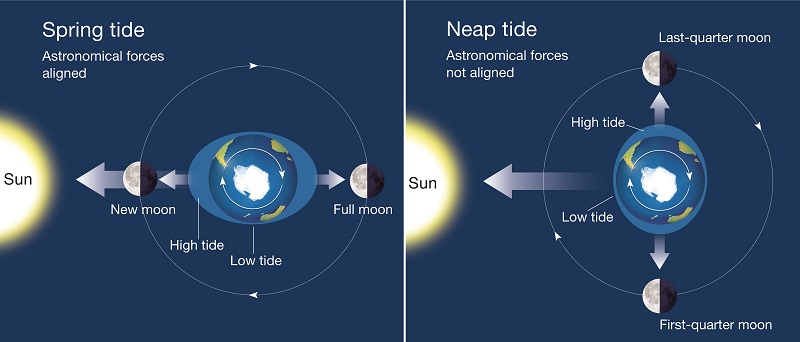
Image: The gravitational forces of the moon and sun cause 'spring' (more extreme) and 'neap' (more moderate) tides.
What we experience as tides at the coast is not simply astronomy though. Weather and climate are also very important influences on coastal sea level.
Tide predictions take into consideration sea-level trends at each location. But they exclude irregular weather effects.
How can I find out about tides at my location?
Check tide predictions for tide heights and times at your location. The timing and expected height of high tides are very predictable. But remember to check weather and wave forecasts and warnings as the sea level on the day will also depend on these local conditions.
Knowledge of tidal predictions and weather warnings can help you be better prepared. Boaters and other coastal users should consider changing their activity to a safer time in the tidal cycle.

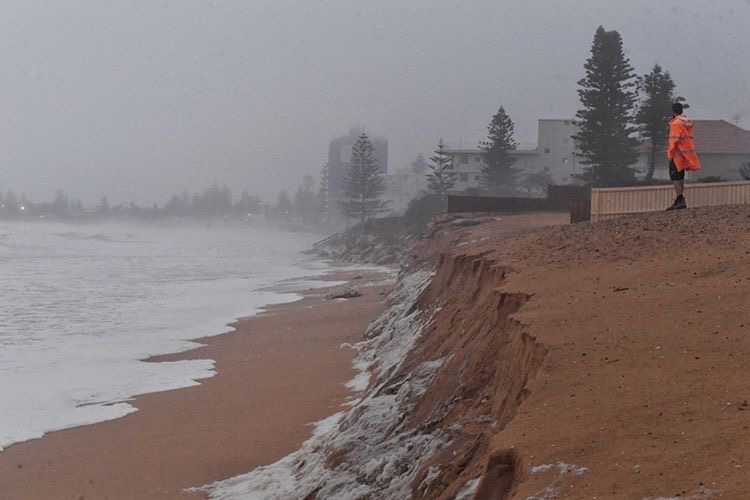
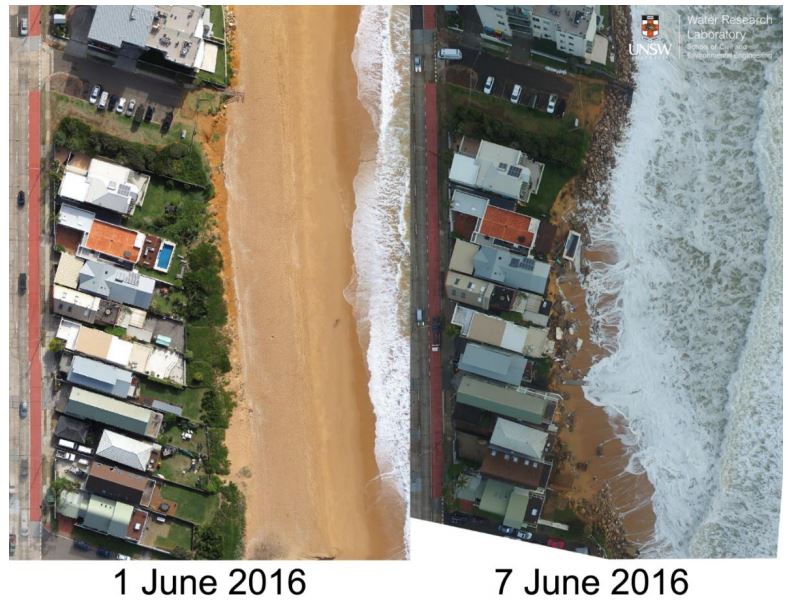

Comment. Tell us what you think of this article.
Share. Tell others.